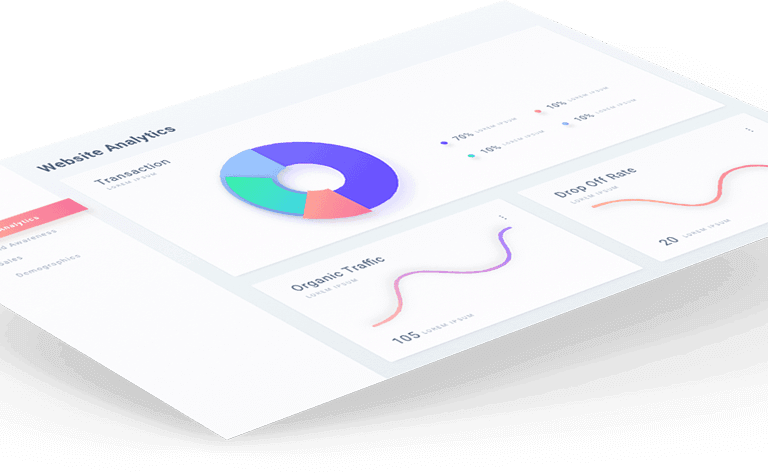An angry driver is an angry driver. There are no two ways about it. Aggressive driving causes fatalities and accidents every year across the globe.
.
Being a leading cause of injuries, it’s on the rise with an increasing number of transportation users and commuters alike on the road every day.
.What can be termed as aggressive driving that transforms into road rage
- 51% of everyday drivers tailgate on purpose
- 47% of those drivers yell at a fellow driver
- 45% of them honk to show annoyance or anger
- 33% make angry gestures
- 24% block fellow vehicles intentionally
- 12% cut off another vehicle on purpose
- 5% of them disembark to confront another driver
- 2% ram or bump into another vehicle on purpose.
“Aggressive driving contributes to a good number of road-based accidents every year out of which many results in fatalities. Aggressive driving can be and is fatal to both the driver and the public. When it comes to businesses with vehicles involved in road rage, aggressive driving costs the business both money and reputation.”
Fleet companies can lose drivers, cargo and damaged vehicles as a result of aggressive driving. Also, it goes without saying that even heavy fines are drawn in the process when traffic violations loom large due to aggressive driving.
Poor driving can also result in the increased score of compliance, safety and accountability metrics for a fleet business. Higher scores for a business imply that the drivers operating the fleet vehicles have been more prone or involved in traffic violations and incidents while on the job.
This in turns leads to more scrutiny that includes frequent audits, vehicle inspections and higher insurance premiums.
In conclusion, aggressive driving causes more damage to a business and hits the bottom line of a company in the worst manner possible.

How can aggressive driving be controlled or lowered?
.
1. Investing in a driver management system
A driver management system helps promote safer driving routine by constantly monitoring the vehicle in question. A driver management system is able to detect driver behaviour through harsh braking, excessive cornering, speeding and increased vehicle wear and tear along with complete route history.
A driver is notified of his or her driving behaviour in real-time and urged to make any necessary amends to uplift safety. The driver management system can also be used to generate log history based on which driver scores can be allowed to promote better driver behaviour while on the job.
.
2. Fatigue Management
A stressed driver is always prone to make a mistake that might lead to aggressive driving. Generally, when the delivery and dispatch are aligned correctly, a driver is better informed about the pit spots and can drive at recommended operational speeds to enhance safety.
Encouraging a good line of communication between owners, fleet managers, operators and drivers helps keep things moving on time and keep driver stress down to a bare minimum which in turn boosts better efficiency and profitability.
.
3. Dash Cam Integration
Using dash cams on a vehicle helps fleet managers study the extent of damage better in case of an incident and identify the underlying causes that can be eliminated in the future.
Also, with an integrated dash-cam, a driver can better equip himself in case of false claims being pressed. A dash-cam with active GPS tracking also helps track the fleet vehicle and educates the owner about the speeds at which the vehicle treads on the roads while at the job.
.
4. Driver Education
Driver education is pertinent to boost the operational efficiency of any business. By encouraging self-awareness among drivers, a company can save millions through lower incident rates, lower wear and tear on the vehicles and better and longer operational hours, both in terms of vehicles and respective operators.
.
How Linxio Can Help Your Fleet Business Better?
Through our Driver Behaviour & Fatigue Management Software, You Can
- Monitor Driver Performance and
- Increase Safety
- Show a Leader Board to Encourage Safe Driving
- Generate Individual Report Cards With Detailed Metrics
- Reduce Fuel Costs and Unnecessary Wear and Tear




